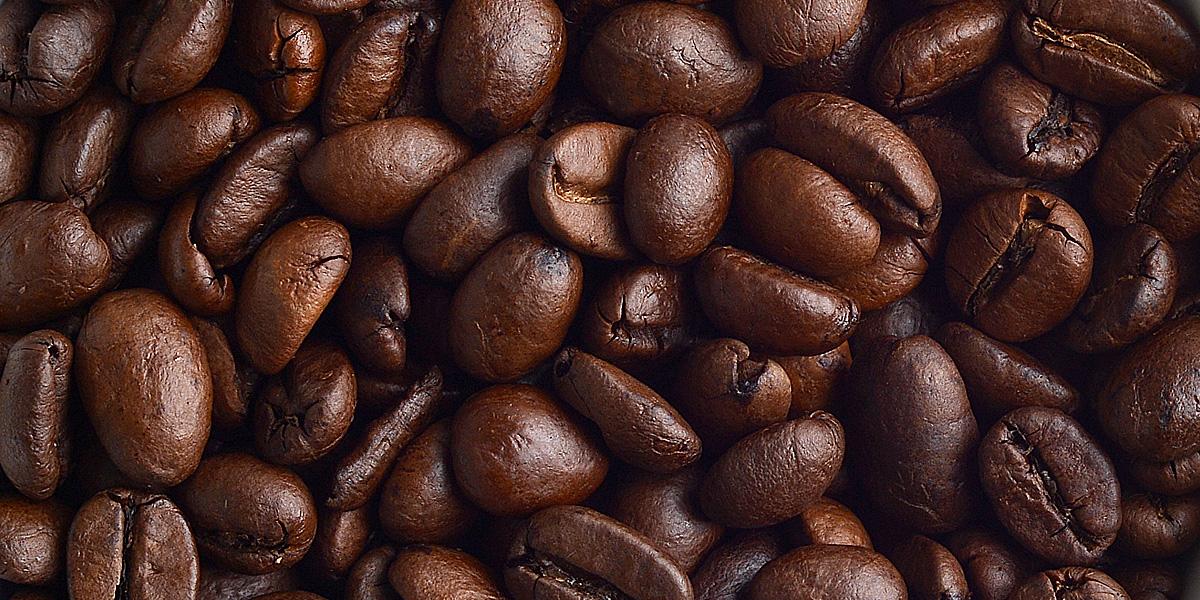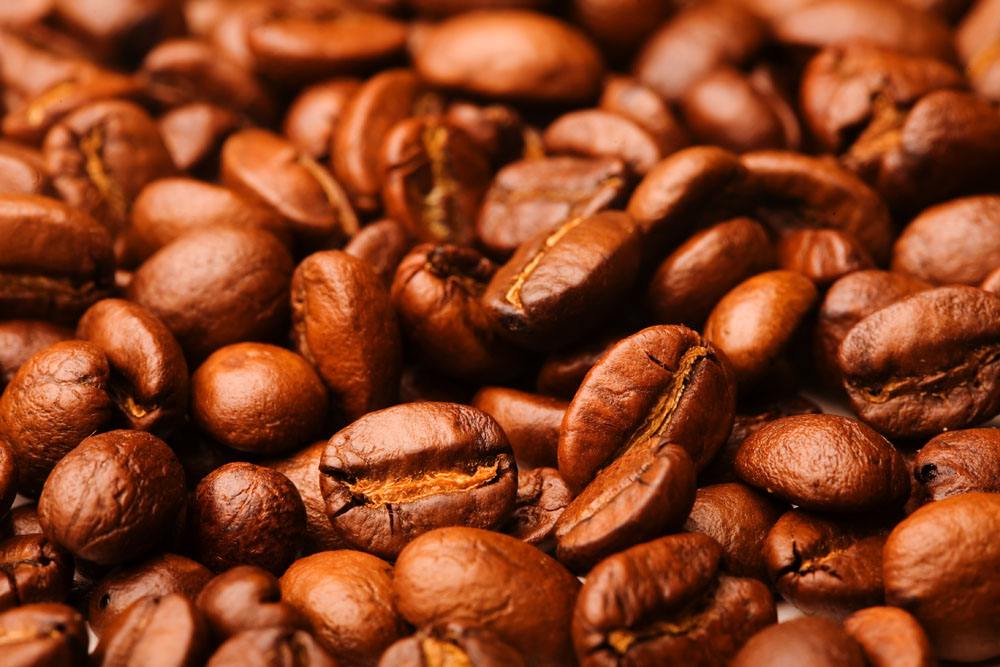Yemeni coffee taste, Yemeni coffee flavor
Follow the caf é (Wechat official account vdailycom) and found that Beautiful Cafe opened a small shop of its own.
Although Ethiopia was the first country in the world to discover coffee, Yemen was the first country in the world to produce coffee as a crop on a large scale. In the 17th century, the first batch of Yemeni coffee was exported to Europe through the ancient port of Mocha, which is the origin of the name mocha coffee. Ethiopia, across the sea from Yemen, also sells coffee through the port of Mocha, so Ethiopian sun-treated coffee is often referred to as mocha (such as Harald ETHIOPIA HARRAR, Ethiopia). The Yemeni mocha, the originator of the coffee trade of the World Office, played an important role in promoting delicious coffee all over the world. It was called "Arabica coffee (Arabia)" in the 17th century, which is the origin of the name "Arabica original".

The Yemeni mocha coffee has distinct taste characteristics, special taste and varied levels. It has a strong sour taste, a pleasant fruit acidity, and an obvious chocolate taste. The stronger the coffee is, the easier it is to taste the chocolate. Therefore, in order to better understand the unique taste of Yemeni mocha coffee, people now add hot chocolate to make fancy mocha coffee.
Mocha beans are smaller, rounder and light green than most coffee beans, which makes mocha beans look more like peas. Mocha beans are similar in shape to Ethiopia's Harald beans, with small particles, high acidity and a strange and indescribable spicy flavor.
Coffee is one of the traditional agricultural products in Yemen, which has been famous all over the world for its unique flavor since ancient times. the origin of many coffees in the world is in Yemen, thanks to the special geographical location of Yemen. In Yemen, coffee grows mainly between 1000 and 1700 metres above sea level, and is grown everywhere from the plateau to high mountain terraces and valleys, particularly in the western mountains, where coffee trees are planted at a rate of 1000 to 1000 trees per hectare and coffee production rates are 300,600kg per hectare. Coffee from different regions has different qualities. In the past, Yemenis invested heavily in coffee cultivation and trade, and "mocha" coffee used to be the largest export at the port. According to the Ministry of Agriculture, Yemeni coffee production was 7000 tons in 1997, 13000 tons in 2002 and 19000 tons in 2009, with an export value of 2.7 billion rials (about US $13.4 million).
There are many varieties of Yemeni coffee, most of which are named after their origin and type, with different flavors, such as fresh wood, tobacco, musk, fruit wine, roasted nuts, cocoa and warm seasonings, especially Moha coffee. At present, Yemeni Moha coffee is the most famous Yemeni Moha coffee on the market, such as Isemary, Matari, Sanani and so on. Sanani coffee has medium bean size and fruit wine flavor. Produced in Sana'an and surrounding areas Matari coffee originates from and around Mattar in the west of Sana 'a. it is the best-known moha coffee with unique flavor. Coffee beans have chocolate color, complete grain shape, fruit wine and seasoning flavor. Isimarie coffee is the rarest variety of Moha coffee, produced in the highest altitude of Yemen, the output is very limited, the price is expensive, but there are fruit wine, spices, nuts, malt and other flavors, the quality is higher than the Matari and Sanani coffee, is the best coffee in the world. In addition, Xilazi and Zamarni are also famous coffee brands, which are produced in the high mountains along the Sana'a-Hodeida highway and in the Zamar region.
Yemeni Moha coffee beans are small and heavy, which is an important feature that distinguishes coffee from Caribbean and Ethiopian coffee.
Important Notice :
前街咖啡 FrontStreet Coffee has moved to new addredd:
FrontStreet Coffee Address: 315,Donghua East Road,GuangZhou
Tel:020 38364473
- Prev

Kilimanjaro coffee beans
Follow the caf é (Wechat official account vdailycom) and found that Kilimanjaro Coffee has opened a small shop of its own. Kilimanjaro Coffee is a grayish green coffee bean of uniform size with a strong sour and sweet flavor and excellent flavor. Moderate baking will give off sweetness and light sour taste, deep baking will produce soft bitterness, suitable for blending
- Next

Description of altitude Flavor of Coffee growing area in Yemen
Following Kaiping (official Wechat account vdailycom) found that the Beautiful Cafe opened a small shop of its own in Yemen, where coffee growers planted poplars to provide shade for coffee trees to grow. As in the past, these trees are planted on steep terraces to maximize the use of less rainfall and limited land resources. Except for Tippica Coffee Tree and Bourbon Coffee Tree.
Related
- Detailed explanation of Jadeite planting Land in Panamanian Jadeite Manor introduction to the grading system of Jadeite competitive bidding, Red bid, Green bid and Rose Summer
- Story of Coffee planting in Brenka region of Costa Rica Stonehenge Manor anaerobic heavy honey treatment of flavor mouth
- What's on the barrel of Blue Mountain Coffee beans?
- Can American coffee also pull flowers? How to use hot American style to pull out a good-looking pattern?
- Can you make a cold extract with coffee beans? What is the right proportion for cold-extracted coffee formula?
- Indonesian PWN Gold Mandrine Coffee Origin Features Flavor How to Chong? Mandolin coffee is American.
- A brief introduction to the flavor characteristics of Brazilian yellow bourbon coffee beans
- What is the effect of different water quality on the flavor of cold-extracted coffee? What kind of water is best for brewing coffee?
- Why do you think of Rose Summer whenever you mention Panamanian coffee?
- Introduction to the characteristics of authentic blue mountain coffee bean producing areas? What is the CIB Coffee Authority in Jamaica?

